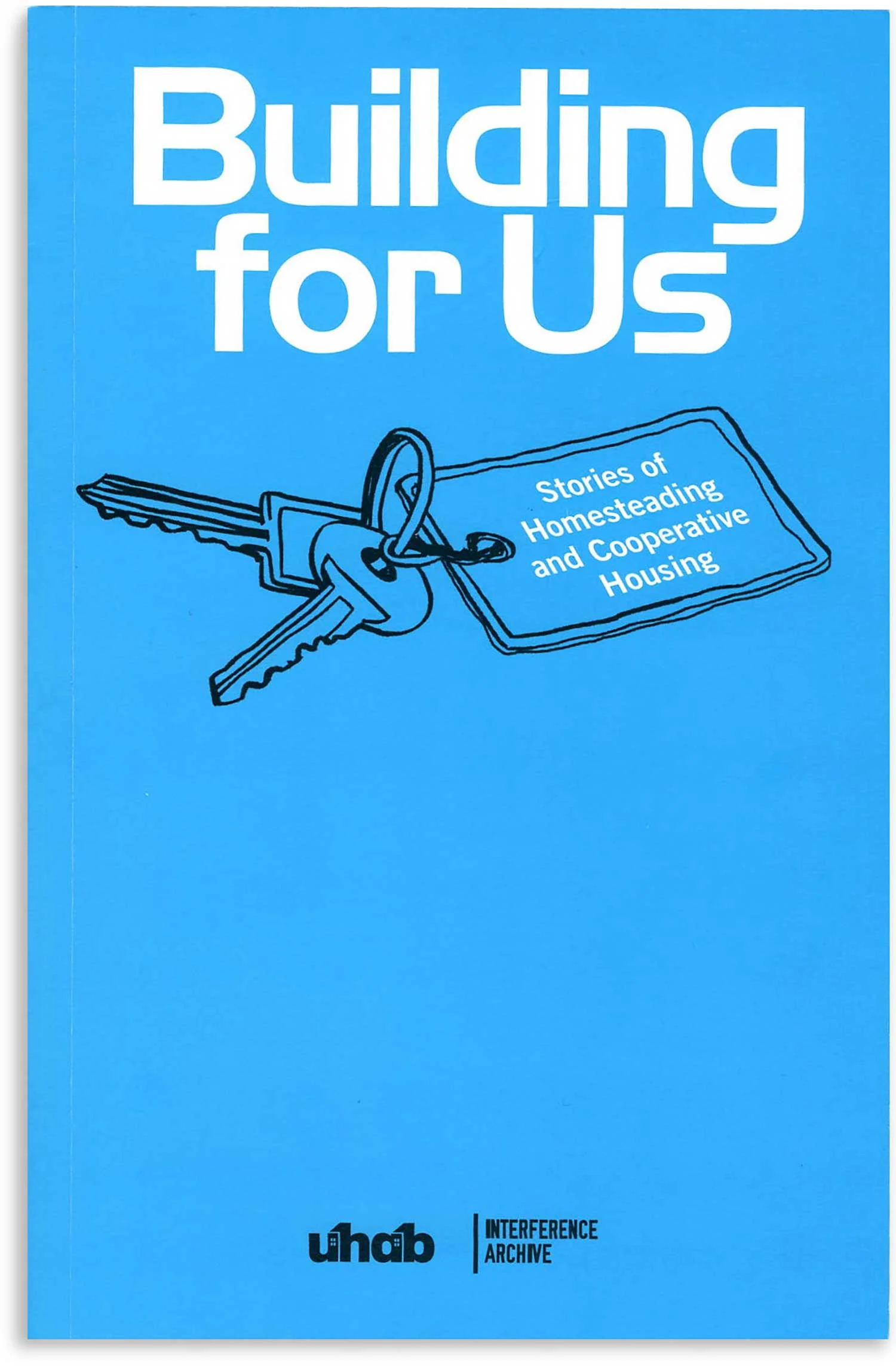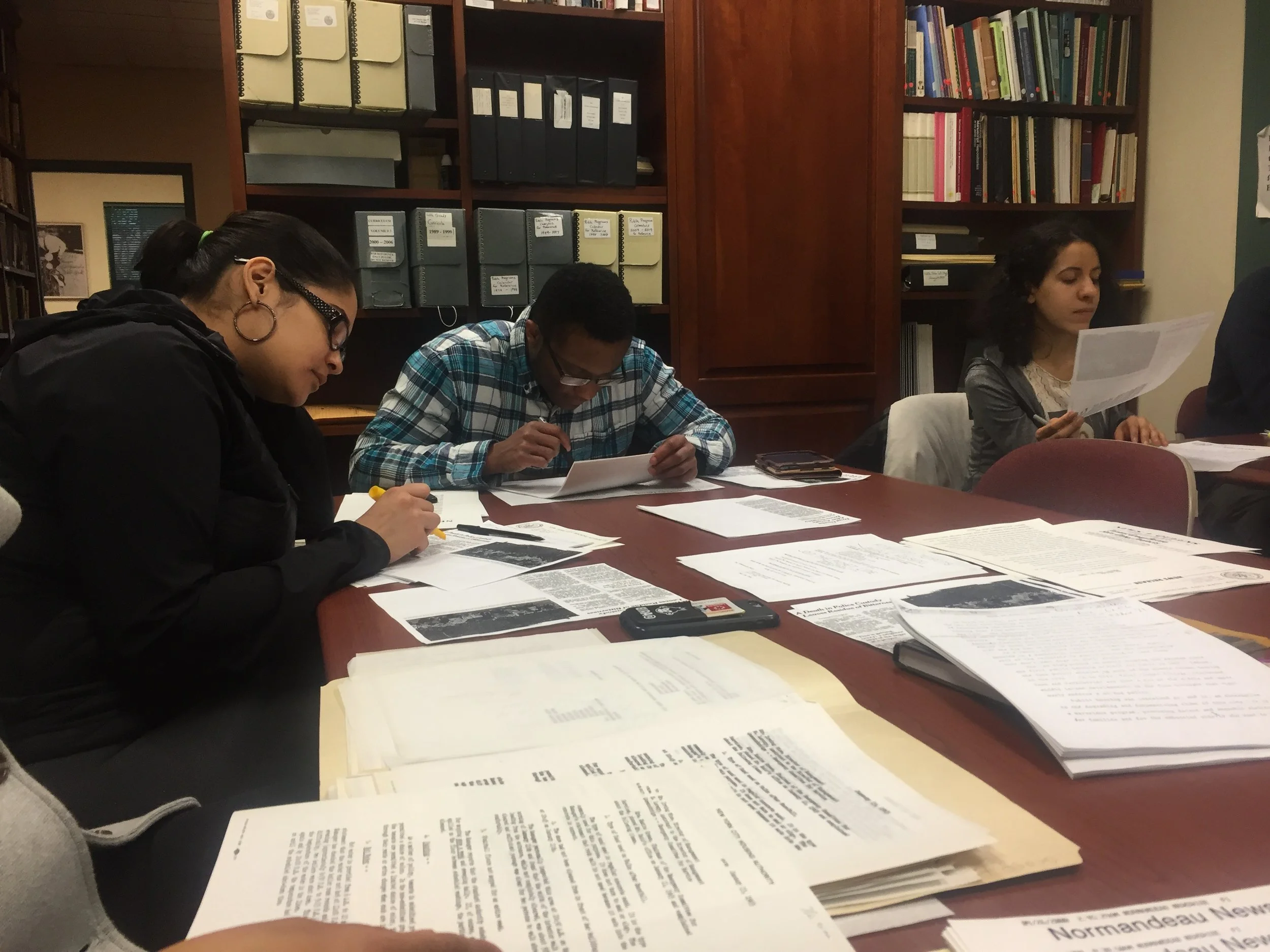“The Colored People Have Dispersed”:
Whose City? Fueling the Gentrification Machine through BID Urbanism
By Susanna Schaller
On September 16, 2016 Crains’ New York Business ran an article titled, “Shaping a Neighborhood's Destiny from the Shadows.” The article highlighted the work of business improvement districts (BIDs) in New York City. In the context of federal policies that had systematically drawn the life out of central cities followed by federal retrenchment, urban visionaries and the downtown BIDs they led were framed by bipartisan consensus as savior organizations.
Read MoreParkchester: An Interview with Jeffrey S. Gurock
Interviewed by Katie Uva
Today on the blog, editor Katie Uva talks to Jeffrey Gurock about his recent book, Parkchester: A Bronx Tale of Race and Ethnicity. In it, Gurock combines his personal experience growing up in Parkchester with research into the history of this planned community in the Bronx, and offers an interpretation both of Parkchester’s uniqueness and what it reveals about the broader city.
Read MoreSaving America's Cities: Ed Logue and the Struggle to Renew Urban America in the Suburban Age
Reviewed by Daniel Cumming
In the pantheon of towering urban developers in the post-WWII era, few figures have shaped our collective consciousness more than Robert Moses and Jane Jacobs. Whether you read Robert Caro’s The Powerbroker or Jacob’s The Death and Life of Great American Cities, whether you lived in the freeway path cleaved for the Cross Bronx Expressway or kept “eyes on the street” in Greenwich Village, most New Yorkers have been in some way exposed to the competing ideologies overpower and place embodied by Moses and Jacobs. You may have even picked a side in the morality tale that has become standard fare in accounts of urban renewal.
Read MoreBuilding for Us: Stories of Homesteading and Cooperative Housing
Reviewed by Katie Uva
New York City is in the throes of a housing crisis. Soaring housing costs and stagnant wages have left increasing numbers of New Yorkers rent-burdened, and have moved the possibility of homeownership even farther out of reach in a city that has always been dominated by renters. Pro-growth voices argue that rezoning and incentivizing private developers to do more building would open up supply and alleviate the crisis; progressives resist that narrative and see such ideas as furthering the city’s capitulation to the private sector and worsening the tension between housing as an asset versus housing as a right. Conflicts abound about how to create affordable housing, how to define affordable housing, and how to sustain affordable housing.
Read MoreTudor City: Manhattan’s Historic Residential Enclave
By Lawrence R. Samuel
Walk east a few blocks from Grand Central Station along 42nd Street, take the stairs near the Church of the Covenant and voila!—you’ve entered another world. Tudor City—the five-acre faux medieval village, albeit with high-rise apartment buildings—is on the far east side of midtown Manhattan between First and Second Avenues and 40th and 43rd Streets, right around the corner from the United Nations. Tudor City is not just the architectural masterpiece created by real estate developer Fred F. French and the first residential skyscraper complex in the world; it’s a unique community that has played a significant role in the history of New York City over nearly the past century. The story of the “city within a city,” as it quickly became known, tells us much about life in Manhattan since the late 1920s, when the development came into being.
Read More“Citizen Power” Rebuilds East Brooklyn: The Nehemiah Housing Plan in the 1980s
By Dennis Deslippe
The jubilant mood of the five thousand people gathered on an October day in 1982 to break ground for a housing project in the Brownsville area of Brooklyn contrasted sharply with the surrounding vacant lots and abandoned walkups. As the crowd of African Americans, Hispanics, and white ethnics cheered, New York mayor Ed Koch lauded the East Brooklyn Congregations (EBC) for its construction of affordable two- and three-bedroom single-family houses. To the shouts of “EBC!” Mayor Koch led the countdown, from ten to zero, as the bulldozer dug into the ground to create the foundation for the first house. Dubbed the “Nehemiah Plan” after the biblical prophet who rebuilt Jerusalem, its organizers sought to transform neighborhoods whose deterioration matched that of the South Bronx as a national example of urban decay.
Read MoreVoices of Queensbridge: Pedagogical Overview of an Oral History Project
Adapted from writing in Voice of Queensbridge: Stories from the Nation’s Largest Public Housing Development
By Molly Rosner
In the fall of 2018, a group of LaGuardia Community College students embarked on a year-long project to document the experiences of New York City Housing Authority (NYCHA) residents. This project was funded by the Robert D. L. Gardiner Foundation. These stories were aimed at enriching the LaGuardia and Wagner Archives’ NYCHA collection, which until this project only reflected the agency’s perspective on public housing. The vastness of public housing in New York City necessitated that the students focus on one public housing project and Queensbridge Houses, the nation’s largest public housing development, were selected due to abundant documentation of the development, and its vicinity to the college.
Read MoreDensity’s Child: How Housing Density Shaped New York
By Katie Uva
New York is a city defined by its density. Manhattan, with its unique geographical constraints, grew rapidly over the course of the 19th century; by 1890, Jacob Riis noted in How the Other Half Lives that the borough as a whole held 73,299 people per square mile and the Tenth Ward, the densest portion of the Lower East Side, held 334,080 people per square mile. This density was visible in multiple ways; in the innovative, epoch-defining skyscrapers that began to jut out of the Battery and Midtown but also cast worrying shadows on pedestrians below; in the tenement districts with their vibrant street life and their disturbing tuberculosis and fire rates. The 20th century would prove to be a time of experimentation and contestation when it came to density. New York would grow further outwards and further upwards, and would be shaped by the tension between density and sprawl.
Read MoreThe Decorated Tenement: How Immigrant Builders and Architects Transformed the Slum in the Gilded Age
Reviewed by Paul Ranogajec
Violette’s important book opens a new chapter on urban housing in architectural history and helps the reader understand a whole set of buildings—indeed, whole swathes of the cityscapes of both New York and Boston—that are prominently visible but often overlooked. Amplifying elite architects’ and reformers’ disdain for so-called tenement “skin-builders,” architectural historians have studied in detail bourgeois design but have paid much less attention to buildings built by and for the working class. The Decorated Tenement helps to correct the historical record, treating the immigrant-built tenement commensurate with its prominence in the two cities. It is a timely book for that, even if the author does not explicitly make the connection to today’s immigration debates.
Read More








